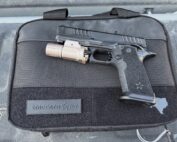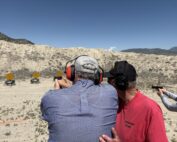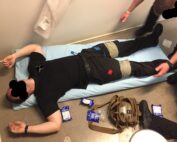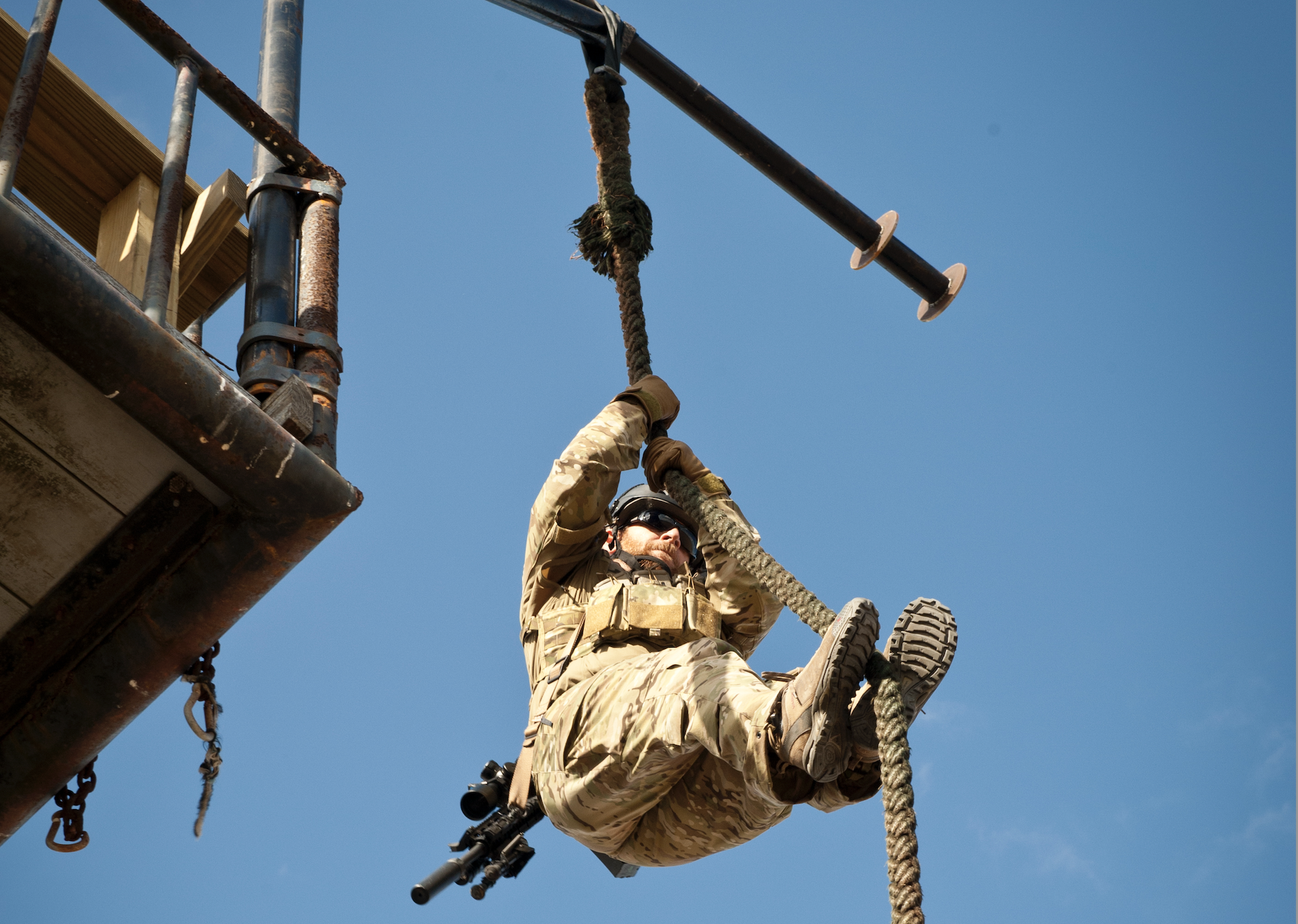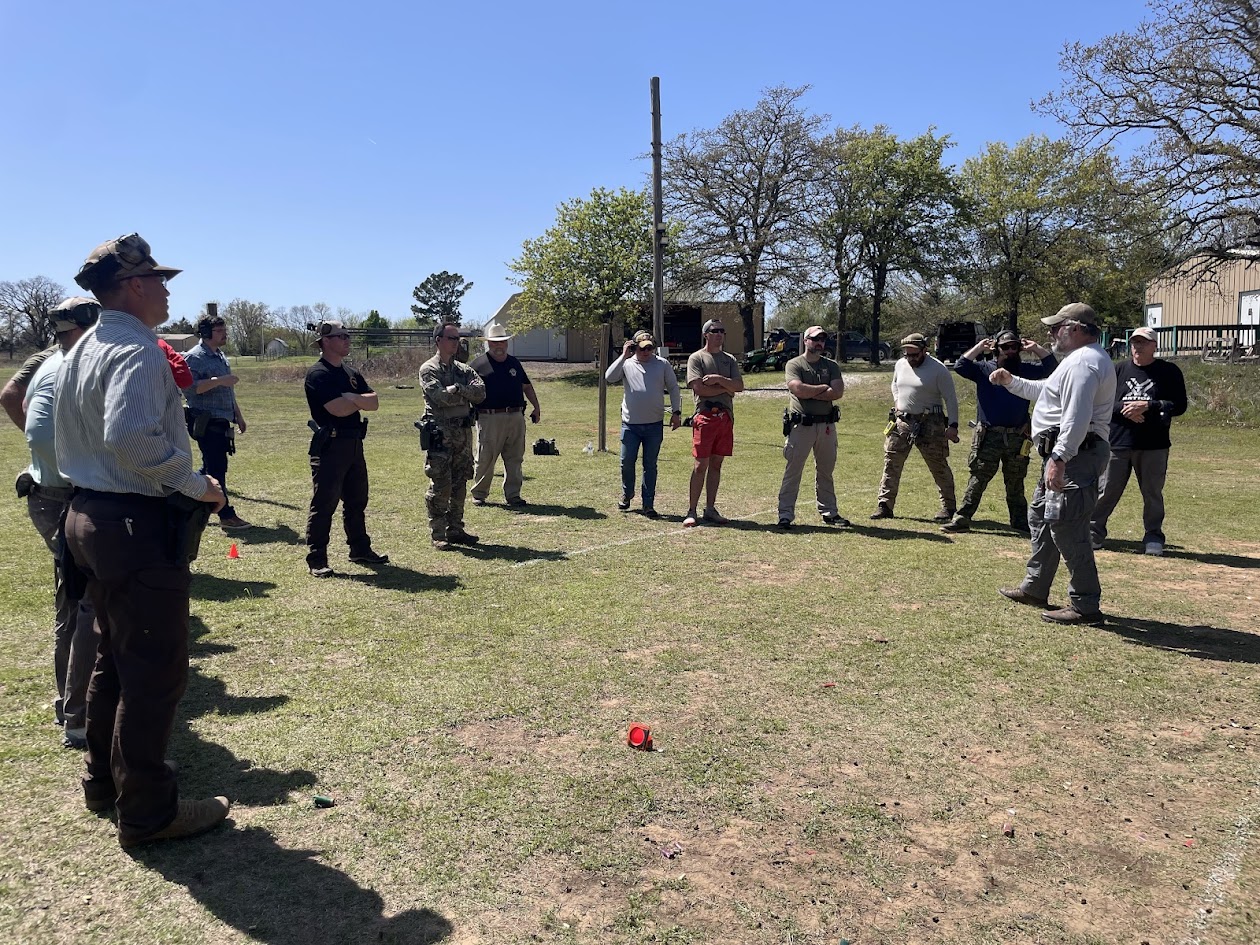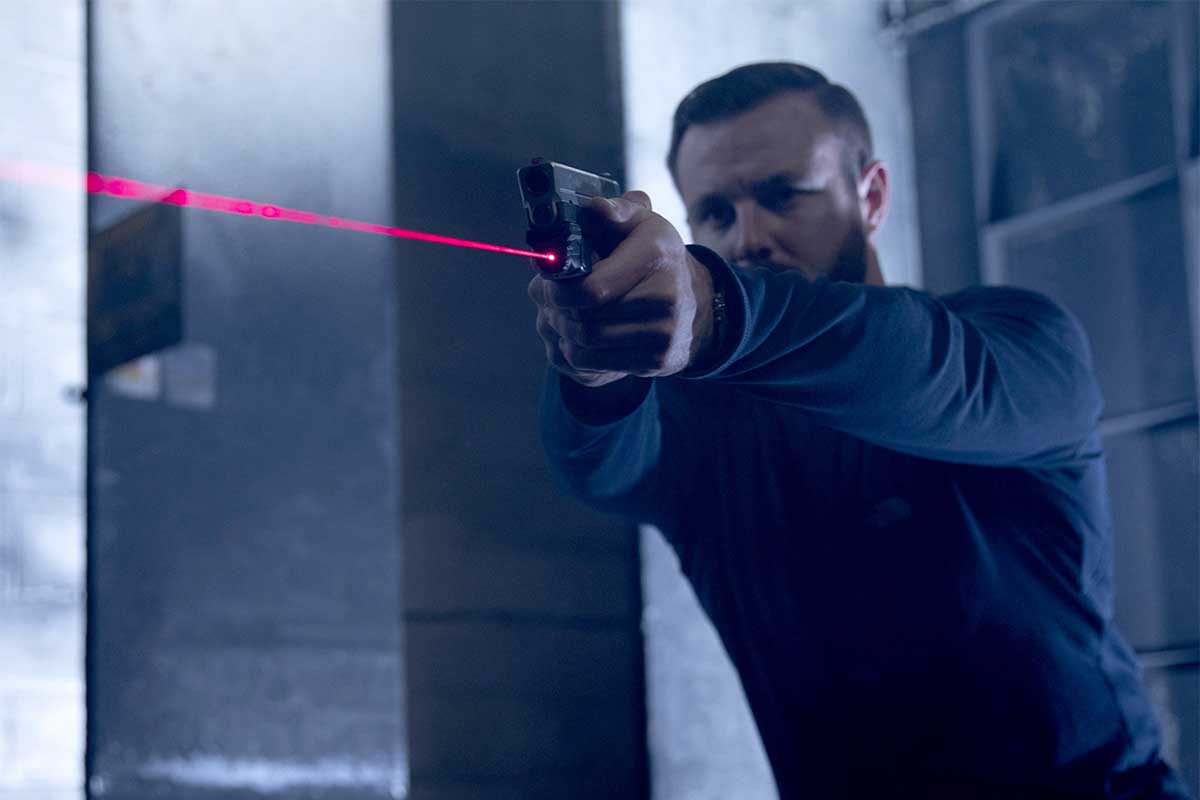
AC-Laser—GS-LTN-R_lifestyle2-800
The advent of miniature red dot sights (MRDS) has not made laser sights for handguns obsolete. There are unique advantages and disadvantages to each.
The differences arise from how they work. A laser sight is an active sighting system that projects the aiming point onto the target. A reflex sight is a passive sighting system in that the dot is only visible to the shooter.
An advantage to both is that they shift your focus on the threat(s) or target; this may improve your peripheral awareness. When deadly force is necessary, they provide a single plane sighting reference that gives you an accurate first-shot capability under extreme stress and when moving.
Laser sights have the advantage over the MRDS if you are injured or in an asymmetric position and cannot see the sights on your firearm.
A laser sight or reflex sight can improve low-light shooting capabilities. Statistics show that most self-defense shootings occur at night or in diminished lighting conditions. A laser sight does not illuminate the threat or your target, you will need to bring light to the scenario in order to make a solid decision.
And even when your vision is fully dark-adapted, your visual clarity and acuity (i.e., your ability to see fine detail) are significantly impacted by diminished lighting. The stress of the event and aging eyes can also have an impact. Obtaining a traditional sighting picture can be difficult in these scenarios.
Some shooters find that it initially takes them longer to acquire the MRDS dot than it does with iron sights. This is a training issue, and practice will address it. As with anything new, you need to take the time to learn how to use it, which requires practice.
A laser sight doesn’t replace the need to develop your traditional shooting skills / fundamentals. It will provide you with additional sighting capabilities.
A laser is also a valuable visual communication tool to enhance your safety. It will show others the orientation of your handgun, or you can identify locations with the laser. This could be an advantage or disadvantage, depending on the situation. If it would be a disadvantage, you can remedy it by not turning on the laser until the handgun is on target.
Television and motion pictures notwithstanding, the beam will generally not be visible from the side. The only exception would be when the beam is reflected by suspended particles or droplets in the air, such as aiming through fog or smoke. Green lasers are more susceptible to the latter than red lasers.
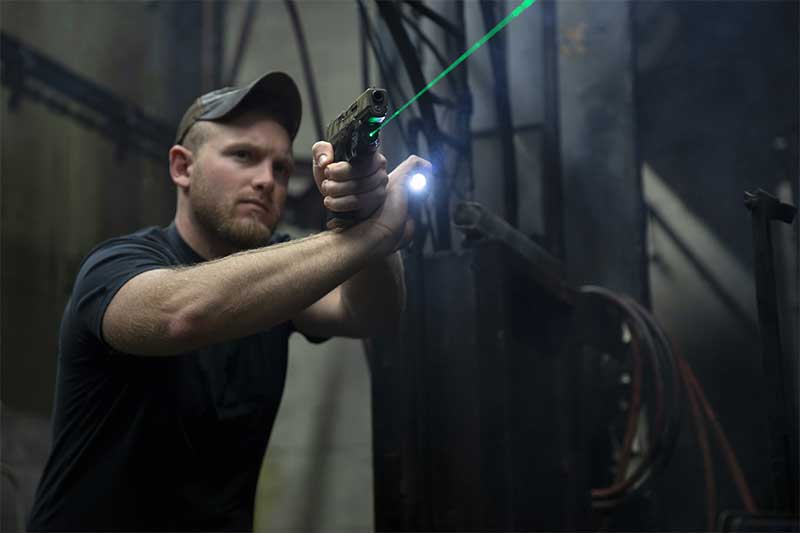
A laser sight and white light can give you tactical advantage in low light. When employed in conjunction with a white light the laser dot will still be clearly visible. Photo courtesy LaserMax.

When it comes to defending yourself, you want every advantage. According to one major laser manufacturer, law enforcement agencies that have adopted lasers have seen greatly increased hit ratios. Photo courtesy SureFire.

All things being equal, green lasers will appear brighter and be more visible at longer ranges to the human eye than red lasers. No laser sight available to the general public works well in bright sunlight. Photo courtesy LaserMax.
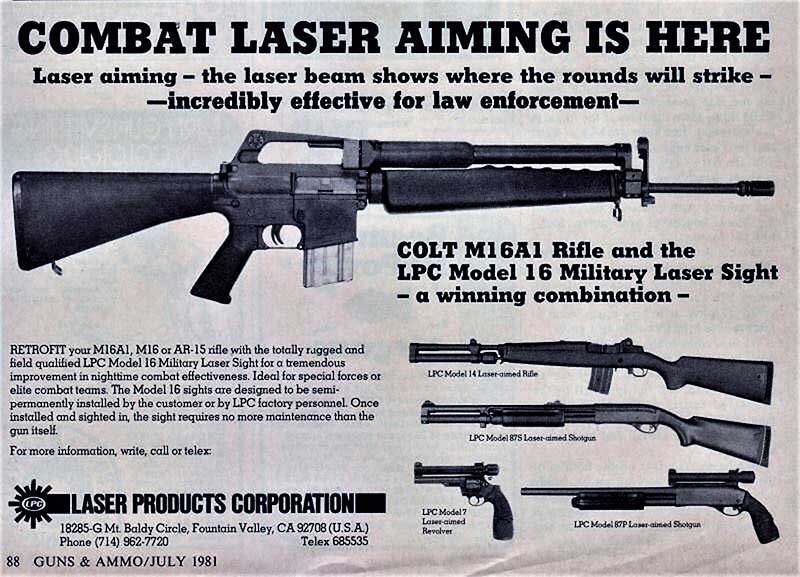
Laser Products laser signts advertisement from the July 1981 issue of Guns & Ammo. Laser sights have come a long way since the first laser sights were developed by Laser Products, which is now SureFire. Photo courtesy SureFire.
NOT A REPLACEMENT FOR CONVENTIONAL SIGHTS
Laser sights aren’t a replacement for traditional sights. Traditional sighting methods may be employed when the time, distance, cover, lighting, and other tactical considerations are favorable to their use. Although some instructors teach that the laser is a primary sighting system instead of an auxiliary system, they’re an adjunct to them.
The maximum power output for a laser sight available to the public in the US is 5mW for visible laser sights and 0.1mW for infrared laser sights. Green lasers will appear brighter and be more visible at longer ranges to the unaided human eye than red lasers with the same output and collimation.
From a practical aspect, no laser sight available to the public works well in bright sunlight. Laser sights work well in indirect sunlight, indoors, and at dusk. Reflex sights generally work well under all lighting conditions, including bright sunlight.
TRAINING WITH A LASER
A laser sight can significantly enhance your training, both on and off the range, for dry-fire and live-fire training.
The laser dot provides an immediate feedback system that shows the shooter or firearms instructor how the shooter is shooting. The shooter or instructor can visually see the difference between a smooth, clear trigger break and a trigger jerk or flinch by tracking the laser throughout the trigger pull. It can be a great help in diagnosing problems that need to be corrected. It’s also a great confidence builder.
Utilizing a laser sight doesn’t lead to a dependence on the laser over conventional sighting methods. Studies show that using a laser sight doesn’t erode basic shooting skills. Quite the contrary is true.
Training with a laser sight seems to produce increased “muscle memory.” According to one study conducted by a major law enforcement agency, point-shooting skills without the utilization of a laser sight showed marked improvement after laser-assisted training.
Training with a laser sight can also enhance safe firearms handling skills. When activated, the laser indicates muzzle orientation during draw-stroke / presentation and holstering training, tactical training, and high-stress situations. Range officers and trainers can ascertain muzzle orientation from a distance.
Equipping a firearm with a laser doesn’t eliminate the need to acquire the necessary skills to effectively use the firearm’s existing sights. It’s essential to continue training with conventional sighting techniques, as well as with the laser sights.
IN CONCLUSION
Laser sights offer unique capabilities that make them worthy of consideration as an adjunct to other sighting methods. Having additional options is always good.


 (No Ratings Yet)
(No Ratings Yet)
